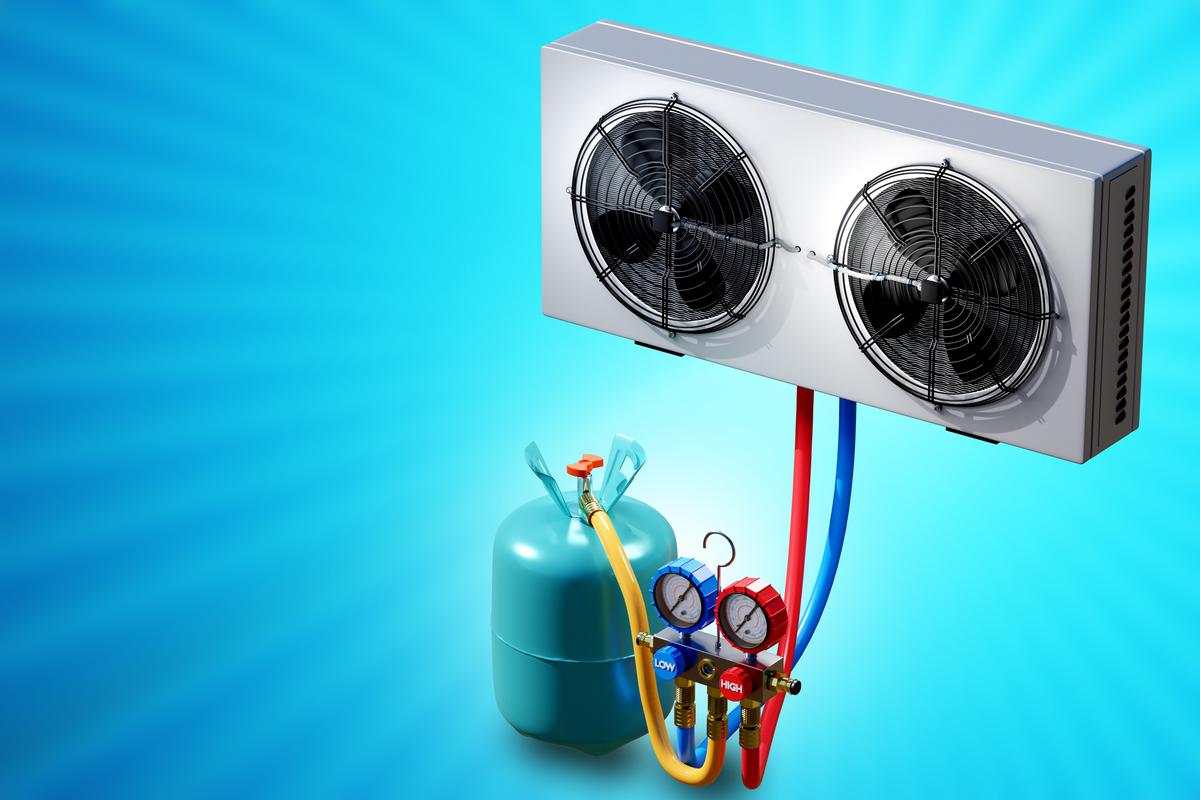In recent years, the HVAC industry has been grappling with a crucial question: Is R410A refrigerant, also known as Puron, facing a phase-out? This topic has drawn considerable attention due to the growing emphasis on environmental sustainability and the impact of refrigerants on climate change. In this comprehensive analysis, we will delve deep into the world of R410A refrigerant, exploring its properties, environmental implications, potential phase-out initiatives, and the consequences it might have on the HVAC sector.
What is R410A?
R410A is a hydrofluorocarbon (HFC) refrigerant blend, comprising two primary components: difluoromethane (R-32) and pentafluoroethane (R-125). This unique blend was developed as a replacement for R22, an ozone-depleting hydrochlorofluorocarbon (HCFC) that posed significant environmental risks.
Environmental Concerns
The choice of R410A as an alternative to R22 was driven by its desirable characteristic of having zero ozone depletion potential (ODP). Ozone depletion has long been a pressing environmental issue, leading to global agreements such as the Montreal Protocol to phase out harmful ozone-depleting substances. With R410A offering a solution to this problem, it quickly gained widespread adoption in the HVAC industry.
R410a: The Phase-Out Debate
The F-Gas Regulation and GWP
However, despite its ODP advantage, R410A refrigerant comes with its own environmental challenge – a high global warming potential (GWP). GWP measures the heat-trapping ability of a greenhouse gas relative to carbon dioxide (CO2) over a specific timeframe. R410A’s GWP, while lower than that of R22, is still considerably high, making it a subject of regulatory concern.
In response to the escalating climate crisis, the European Union (EU) introduced the F-Gas Regulation to curb the use and emissions of high-GWP refrigerants. R410A falls into this category, which has sparked discussions about its potential phase-out.
R410A Phase-Out Initiatives
As environmental awareness grows, several countries and regions have taken proactive steps towards a more sustainable future. Some have already initiated plans to phase out R410A from new HVAC systems, while others are actively considering similar actions in the near future. Lower-GWP alternatives, such as R32 and R454B, have emerged as potential candidates to replace R410A.
Impact on the HVAC Industry
Cost Implications
The potential phase-out of R410A carries significant cost implications for the HVAC industry. Manufacturers may need to invest heavily in research and development to adapt their products to alternative refrigerants. Additionally, supply and demand dynamics changes could lead to price fluctuations in both R410A and its substitutes.
Energy Efficiency Considerations
R410A has been widely appreciated for its excellent cooling performance. Its replacement with lower-GWP alternatives may necessitate system recalibrations to maintain optimal energy efficiency levels. HVAC professionals will need to ensure that cooling systems continue to meet regulatory standards while minimizing energy consumption.
Regulatory Compliance Challenges
As governments tighten regulations surrounding high-GWP refrigerants, businesses must remain vigilant about compliance. Failure to adhere to phase-out directives could result in legal consequences and harm a company’s reputation. Ensuring compliance will require close collaboration between manufacturers, distributors, and HVAC service providers.
Preparing for the Future
Embracing Sustainable Practices
The phase-out of R410A presents a unique opportunity for the HVAC industry to adopt more sustainable practices. By embracing refrigerants with lower GWPs and investing in energy-efficient technologies, companies can position themselves as leaders in environmental responsibility.
Investing in Research and Development
As the industry transitions away from R410A, ongoing research and development will play a critical role in identifying and refining the best alternatives. Manufacturers and researchers must collaborate to introduce innovative refrigerants that strike a balance between performance, environmental impact, and cost-effectiveness.
Conclusion
The future of R410A refrigerant hangs in the balance as the HVAC industry navigates environmental concerns and regulatory landscapes. While R410A’s zero ODP made it a favorable replacement for ozone-depleting R22, its high GWP has raised questions about its long-term viability. As the world strives for a greener and more sustainable future, the HVAC sector must remain adaptable and proactive in adopting eco-friendly practices and cutting-edge technologies.

